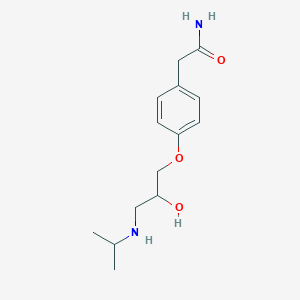Cardiac arrhythmias
Adult: Initially, 2.5 mg via slow inj at a rate of 1 mg/min, may be repeated at 5-minute intervals until a response is achieved up to a Max of 10 mg. Alternatively, 0.15 mg/kg via infusion over 20 minutes. May repeat the inj or infusion 12 hourly if required. Once control is achieved, maintain the patient with oral atenolol.
Elderly: Dose reduction may be required.
Elderly: Dose reduction may be required.
Intravenous
Acute myocardial infarction
Adult: For the early management of cases presenting within 12 hours of the onset of chest pain: 5-10 mg via slow inj at a rate of 1 mg/min; if tolerated, may give oral atenolol dose of 50 mg after approx 15 minutes, followed by another 50 mg oral dose 12 hours after the IV inj then maintain with the recommended oral dose after 12 hours.
Elderly: Dose reduction may be required.
Elderly: Dose reduction may be required.
Oral
Hypertension
Adult: Monotherapy or in combination with other antihypertensive agents: 25-100 mg once daily. Adjust dose according to individual requirements.
Elderly: Dose reduction may be required.
Elderly: Dose reduction may be required.
Oral
Angina pectoris
Adult: Initially, 50 mg once daily, may increase at weekly intervals according to frequency and severity of symptoms and patient tolerability. Usual dose range: 50-100 mg once daily.
Elderly: Dose reduction may be required.
Elderly: Dose reduction may be required.
Oral
Cardiac arrhythmias
Adult: Maintenance: 50-100 mg once daily after having controlled with IV atenolol.
Elderly: Dose reduction may be required.
Elderly: Dose reduction may be required.
Oral
Acute myocardial infarction
Adult: Maintenance: 100 mg once daily. Initiate oral maintenance dose 12 hours after management with IV atenolol.
Elderly: Dose reduction may be required.
Elderly: Dose reduction may be required.




 Sign Out
Sign Out




